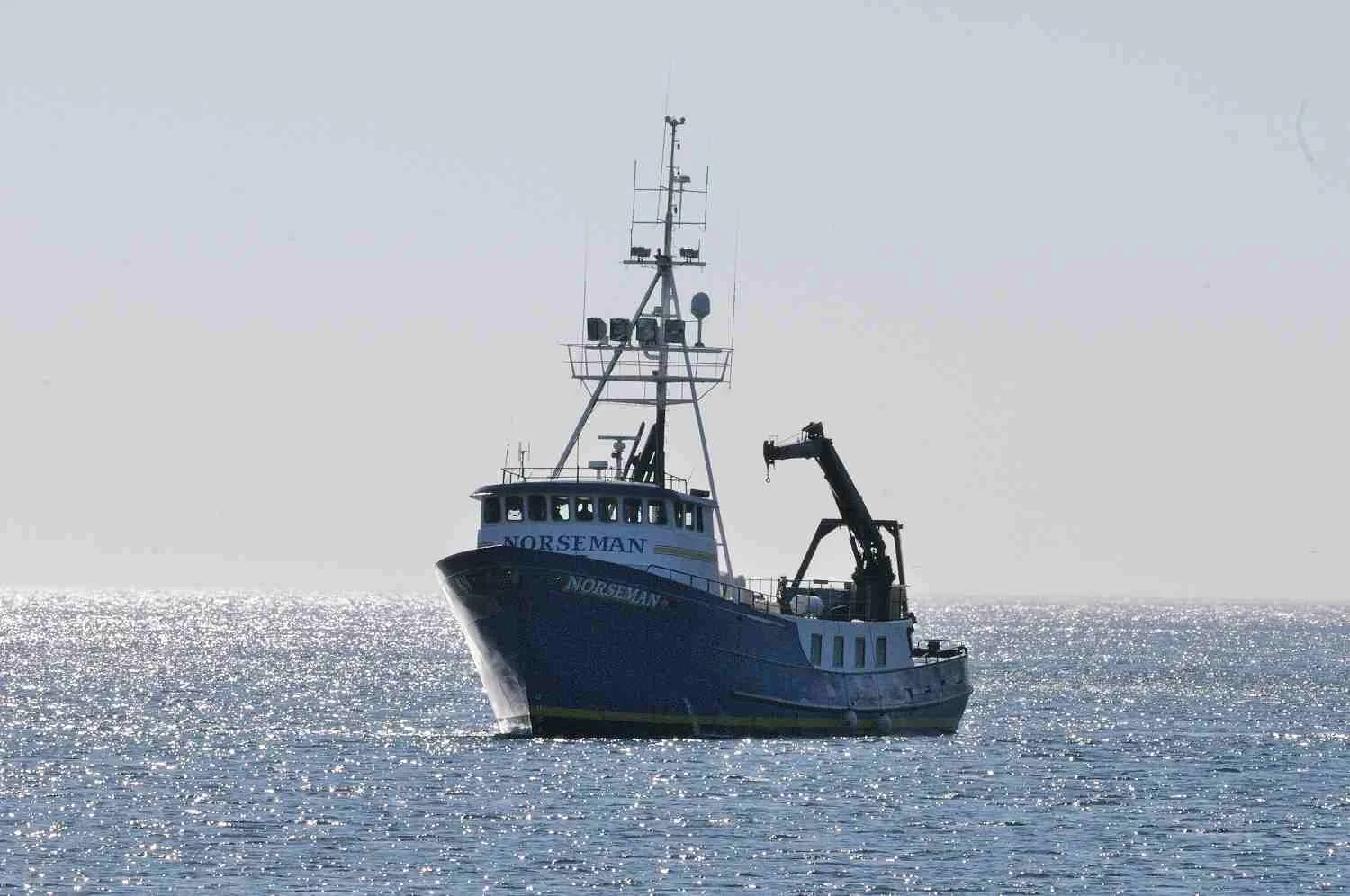GYRE Expedition: All aboard!
Our boat, The Norseman. Photo: Carl Safina
All Aboard! Our expedition is called Gyre.
Our route is from Seward, Alaska west toward Kodiak, stopping at several places along the way, bearing witness, perhaps witnessing bears, and talking trash.
It’s a uniquely creative approach to the issue of plastic garbage washing up on the world’s remotest beaches. We carry scientists and artists.
The expedition is the brainchild of the Alaska SeaLife Center and the Anchorage Museum. We will create a museum exhibition that will spend a while in Anchorage, a while at the Smithsonian, and tour the U.S.
Our magic carpet, the Norseman, is a 130-foot workboat that caught crabs in the Bering Sea for 30 years before being renovated for research. Now, deadliest catch yields to deadliest trash.
Our crew is Captain Paul Tate, mate Dr. Cark Schoch, assisted by Melissa Knight and Nathaniel Charonneau, Aaron Stump is our chef. Our safety officer is John Maniscalco.
Our witnesses include about a dozen women and men, headed by project originator and expedition leader Howard Ferren of the Alaska Sealife Center. We are to witness and respond with our heads and our hearts, and so artists and documentarians complement scientists. Pam Longobardi is, in a way, the mother artist of this project, since she has been involved in the planning for several years. The other artists include Mark Dion from New York, Andy Hughes from the U. K., and Karen Larsen from Anchorage. The scientists include the Smithsonian’s Odile Madden, the Alaska Marine Stewardship Foundation’s Dave Gaudet, National Oceanographic and Atmospheric Administration’s Peter Murphy, and The Ocean Conservancy’s Nick Mallos. Kate Schafer is our education specialist. Our videographer is JJ Kelly and our still photographer is Kip Evans. Dolan Dworak is doing social media from the Alaska SeaLife Center.
Howard Ferren and Pam Longobardi. Photo: Carl Safina
I have somewhat mysteriously been designated “chief scientist.” It’s a designation that I like and appreciate. But it does not reflect my relative knowledge, either of the area or the subject of ocean trash and beach debris. Probably each of the other science persons aboard bring some deeper expertise.
I bring a deep ambivalence. I love this place for its raw, wild aspect and the exuberant life that inhabits it; for the fact that it retains every species that naturally survived to the human epoch. It has its wolves, its bears, its whales, sea otters and seals, birds by the millions, fish beyond counting.
Yes, it’s a magnet for floating garbage from distant coasts. And my ambivalence stems both from the facts that it is here fouling some of these shores and hurting some of these animals, and that it is the garbage-not the beauty, not the life-that has gathered us, has entangled our differing interests.
Are trash and debris the new sirens of the sea that draw us-almost against our will-to the most remote and rocky shores? I and each of us on this vessel found the call impossible to resist.
Yet the call is not a lovely one, and the glimpses we get are not of something ethereal and otherworldly but of us at our most un-thinking. It is our own ugliness that we come to witness. But that we have come, and that people do care, is also a reflection of human beauty.

